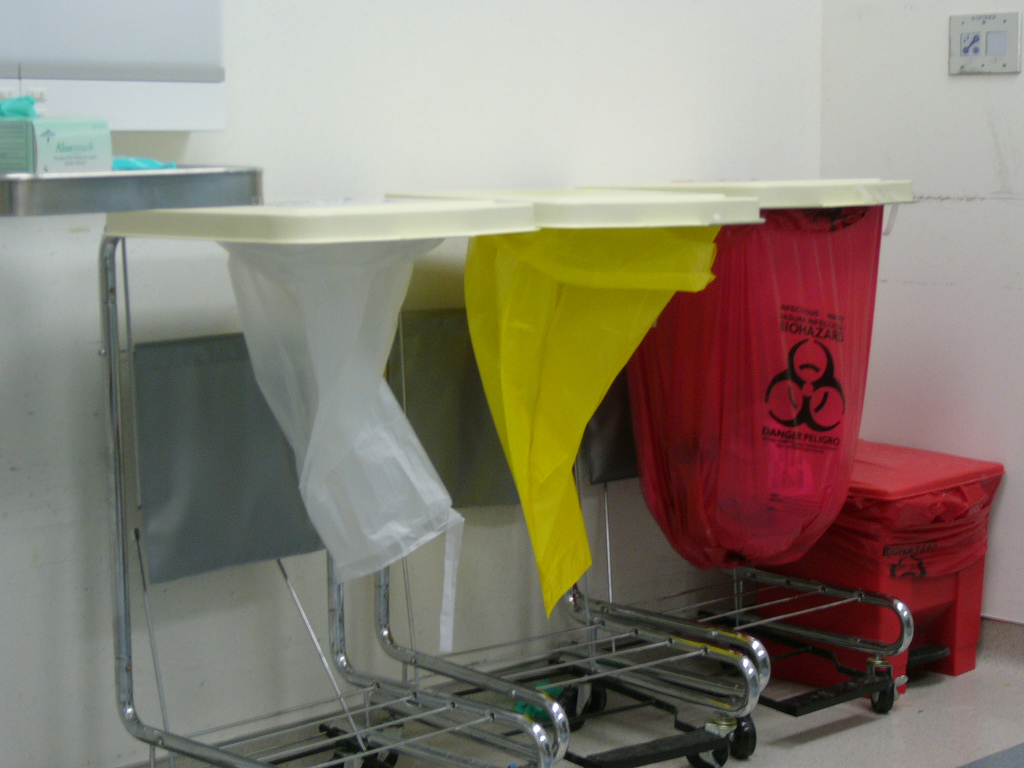Nowadays, a lot of companies from the private sector are being urged by the government to do something to reduce their commercial waste and of course practice right waste disposal management. One of the most difficult or challenging types of waste material to get rid of our medical waste. That is the reason why all private and public hospitals must undergo the appropriate training regarding sharps and bio hazardous waste disposal to ensure that they are providing a fair share of keeping our environment as clean as we can.
In this article, we will discuss more Biomedical Waste and how to properly dispose of everything to avoid cross-contamination and prevent the spread of infection and disease. Majority of biohazard waste materials come from medical facilities that commonly include the following:
-
Used needles and syringes that are used in vaccination and administering medicines through IV
-
Used dressings which are usually contaminated with blood, pus, saliva and other types of body fluids.
-
Amputated body parts that would include necrotic tissue
-
Diagnostic blood, urine, and fecal samples
-
Empty blood bags that were utilised during transfusion
-
Empty vials and medicine packaging
-
Used latex gloves, disposable masks and gowns and so much more
Proper disposal of these items is very important to ensure that all health workers and patients are protected at all times. Now the main question is how do we start working on proper sharps and biohazardous waste disposal? Below are the 5 most important steps that we should follow:
Step Number 1: Install Awareness to all health care workers. Make sure that all hospital employees from Doctors, nurses, Laboratory Technicians to Aids are familiar with the proper waste disposal. Make it mandatory for all employees to attend a series of waste disposal seminars and make sure that they are all certified.
Step number 2: Do not forget to label and color code all biohazard trash bins accordingly. Make sure that strict rules are implemented when it comes to this policy. Make sure that the appropriate type of waste goes into the right plastic bag color to avoid cross-contamination. Usually, most hospitals use 4 plastic bag colors for their waste segregation. The yellow bag is intended for human body parts, placenta and blood. The red bag is for injections, catheter, and empty IV bags and other plastic materials. The blue bag is for glasses, medicine bottles and used vials and lastly, the black is for biodegradable trash such as leftover food waste.
Step number 3: Health and safety officers should continue doing routine spot checks on every department especially where a lot of patients are often seen. Places such the emergency room, operating room, and the diagnostic laboratory are the top ranking departments that are known to produce the most number of biohazard medical wastes.
Step number 4: Post-hospital guidelines regarding waste disposal in certain areas where “Everybody” can read them. Get creative when creating this kind of signage so people would not just ignore them.
Step number 5: Get a reliable and reputable biohazard waste collector that will be responsible for collecting all biohazard and radioactive waste materials from the hospital facility. The company must commit that they would be able to collect all hospital waste within 24 hours for safety purposes.

Thank for share this is good post